Technology
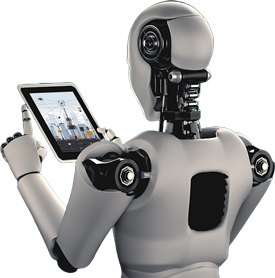

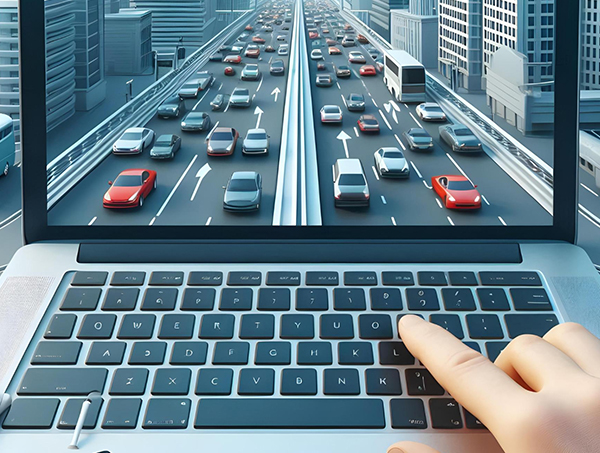
Our AI algorithms will continuously analyze traffic patterns, weather conditions, pedestrian movement, and more, making dynamic decisions in real-time to optimize signal timings, road usage, and safety measures.
This predictive model allows for more efficient traffic flow, adaptive changes to traffic control, and improved coordination across intersections.
Robolane's sensor networks provide real-time data collection, from vehicle counts to environmental conditions. These sensors help us build a comprehensive understanding of traffic behavior, which our AI uses to optimize and adjust traffic flow on the fly.
Whether it's detecting traffic bottlenecks, monitoring pedestrian activity, or assessing road conditions, our system is constantly gathering data to make intelligent decisions.
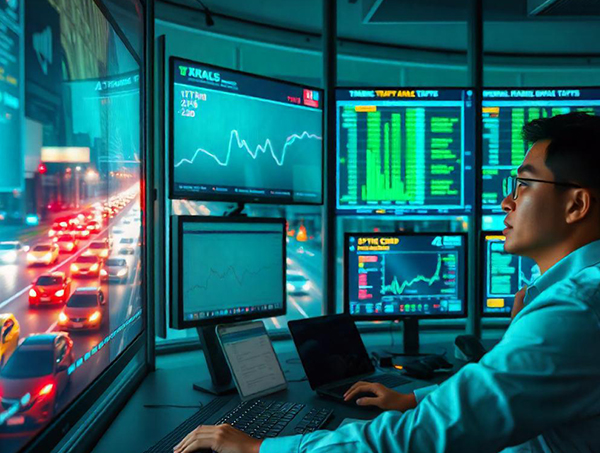
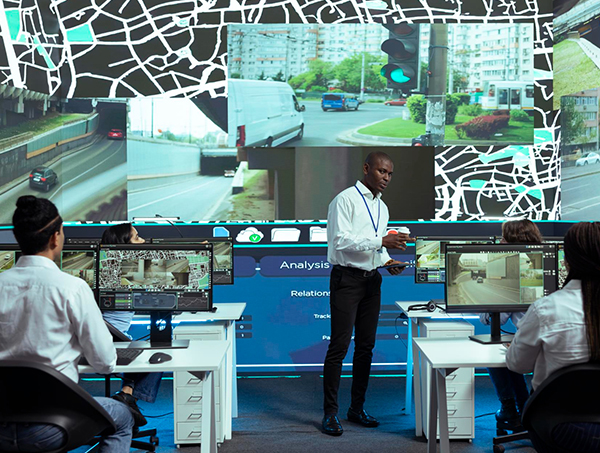
Using robotics, our system interacts with vehicles and pedestrians more efficiently. With robotic systems integrated into intersections, the need for physical, color-coded signals is eliminated.
Vehicles and pedestrians are guided through intersections based on real-time conditions, with traffic managed by AI-powered robotic arms and traffic controllers that ensure safe passage for all.
The future of traffic control is here—no more waiting for red lights or guessing when it's your turn to go. By eliminating traditional color-based signals, Robolane uses real-time data and AI-driven solutions to dynamically manage traffic, improving both flow and safety.
With adaptive sensors and robotic management, vehicles and pedestrians move through intersections more efficiently.
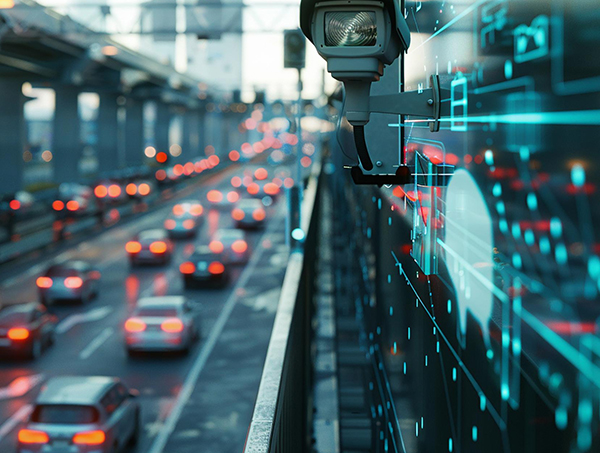
Our smart sensors are installed at key intersections and roadways to gather real-time data, including vehicle counts, pedestrian movement, weather, and road conditions.
The data from sensors is sent to our AI system, which processes the information, predicting traffic patterns, identifying congestion, and adjusting road usage in real-time.
Instead of fixed green, yellow, and red lights, our system uses smart robotic controllers that adjust the flow of traffic dynamically based on the AI's real-time calculations. Vehicles are guided by visual and auditory cues, rather than waiting for lights to change.
Our system uses robotic arms and intelligent signage to direct traffic, ensuring safe passage for all road users. These robots can interact with vehicles, pedestrians, and cyclists to make sure everyone is guided safely through the intersection.
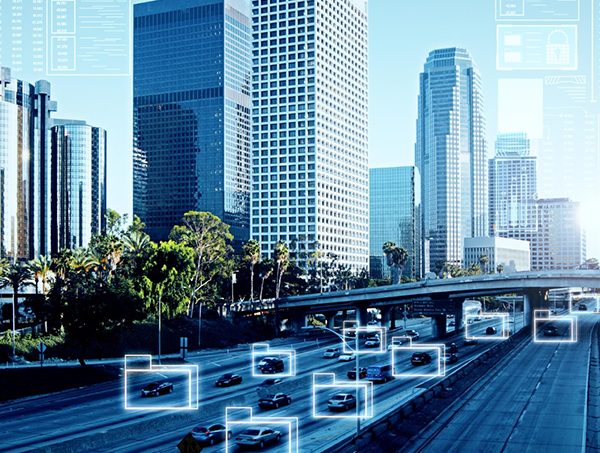
Improved Traffic Flow — By eliminating the need for fixed, timed signals, Robolane's adaptive system optimizes traffic flow, reducing delays and congestion.
Enhanced Safety — Real-time AI decision-making and robotic traffic controllers ensure that both vehicles and pedestrians move safely through intersections, minimizing accidents and improving safety standards.
Environmental Impact — Smarter traffic management reduces fuel consumption by minimizing idling and optimizing routes, which contributes to lower emissions and a greener city.
Cost-Efficiency —Over time, our system reduces the need for costly maintenance and replacement of traditional signal infrastructure. Plus, optimized traffic flow means less wasted fuel and time for commuters.
Scalability — Robolane's solutions are scalable and can be integrated into both small towns and large metropolitan areas, adapting to the specific needs of any city or municipality.